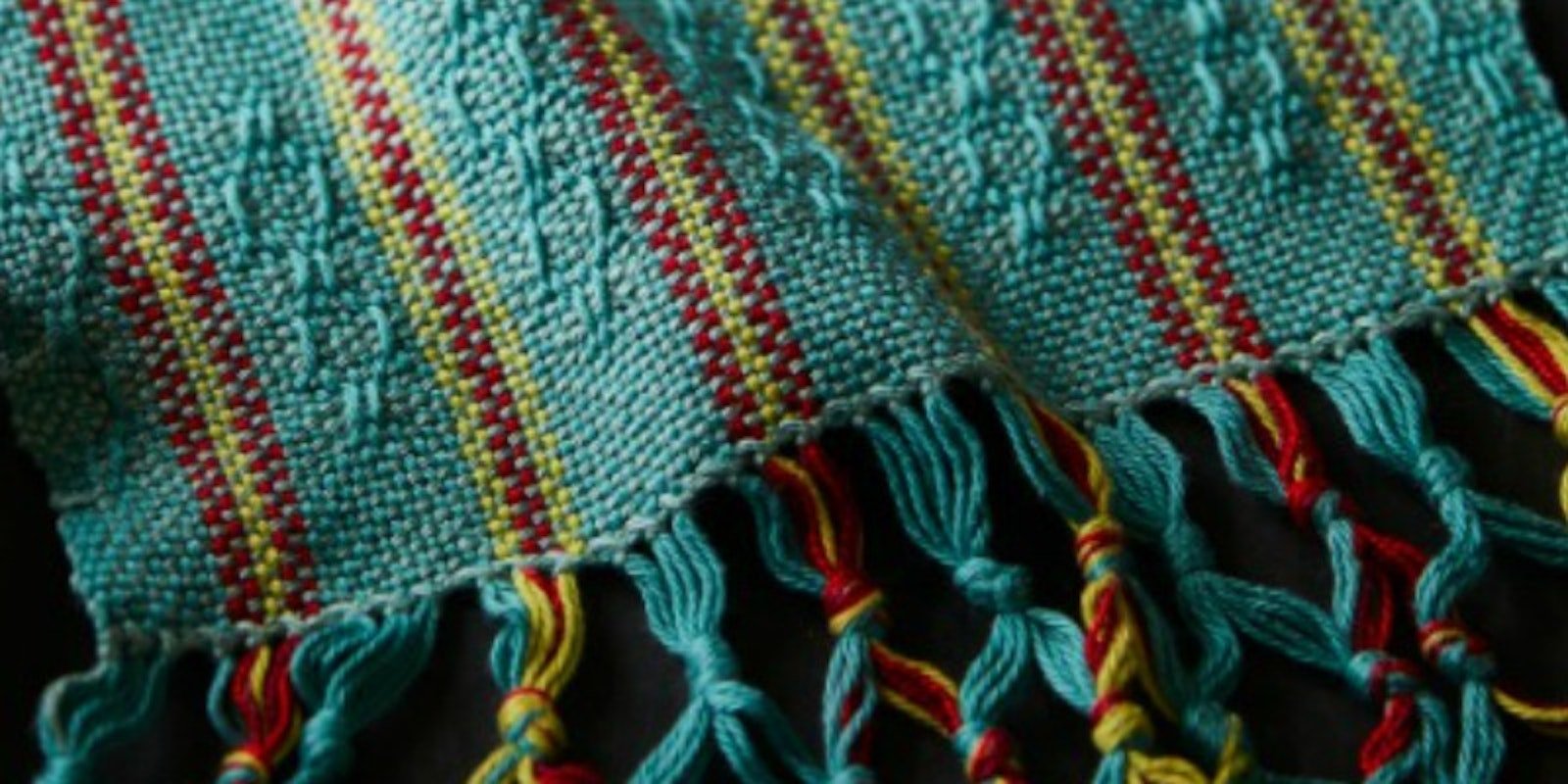Contents

When you design a handwoven project, there are a lot of considerations. What yarns will you use? Will it be plain weave or will you try a different technique or structure? And, finally, how will you finish the raw edges of your cloth? The two most common types of finishes you’ll see in the pages of Little Looms are twisted fringe and rolled hem. While I love both these finishes, sometimes I want a finish that’s next level. If you’ve been looking for some new ways to finish your projects with finesse, you’re in the right place! For this skill guide we’ve focused on giving you information about next-level finishes for both inkle and rigid-heddle projects including:
- Finishing bands with fringe
- Ways to finish handwoven shoelaces
- How to choose the right finish for your rigid-heddle project
- Fringe techniques that go beyond twisting
- Two hemstitching techniques
Every item we’ve selected for this guide is part of your All Access program and will help you get the most out of your subscription. Check out the Little Looms Library and our video course website for more learning opportunities.
Happy weaving,
Christina
Finishing Inkle Bands
by Christina Garton
When we think about fancy finishes, inkle bands don’t normally come up. More often than not, when you’re weaving an inkle band, you’ll be finishing it with some sort of finding to turn it into a belt, guitar strap, collar, etc. But what if you want to make something without findings, such as a bookmark?
Fringe
For bookmarks, many weavers choose to stabilize the weft and then leave a short fringe on either end of the band. The fringe can be trimmed close to the weft or left a little longer—you don’t want to leave it too long, however, or it might knot and tangle.
 The Bookmarks of Kells by Susan J. Foulkes show two alternative methods of handling inkle fringe. Photo by Matt Graves
The Bookmarks of Kells by Susan J. Foulkes show two alternative methods of handling inkle fringe. Photo by Matt Graves

